Six reasons to drink filter coffee.
NB: the term "filter coffee" is often used in contrast to espresso coffee, but it would be more convenient to talk about "gentle methods" because all these preparations actually have a filter.
Having fallen out of favor shortly after the advent of capsule machines, we're starting to get used to grimacing at the mere mention of "filter coffee" (yes, we're telling you). The influence of trends has led us to discredit filter coffee in favor of the sacrosanct espresso, but at Celsius, we're betting on its gradual return to French homes, alongside espresso, and here's why:
Aromatic complexity - nf
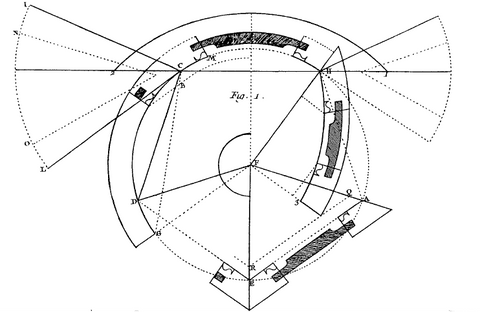
Today's filter coffee has nothing to do with the coffee our parents/grandparents used to make. Thanks to today's machines and methods, it is possible to obtain diverse and subtle aromas, just like tea. This means first of all getting good specialty coffee , and making sure to follow the advice given for the method you have chosen. ( Our recipes and preparation tutorials )
It goes without saying that the old electric coffee maker that haunted our past will hardly be able to reveal the aromatic complexity of a specialty coffee, any more than leaving it to heat for several hours or heating it in the microwave.
Diversity of filter methods - nf
Besides the famous traditional electric coffee maker (which has undergone some serious technological improvements, by the way), there are an impressive number of methods, grouped into two categories: immersion and filtration, even if basically each method contains a bit of both categories.
Immersion : This involves immersing ground coffee for a certain time in water (usually hot), then separating the resulting beverage from the coffee grounds using a filter. The most common coffee maker using this process is the French press , which produces filter coffees with a certain body. When greater versatility and portability are desired, another popular and popular method is the Aeropress .
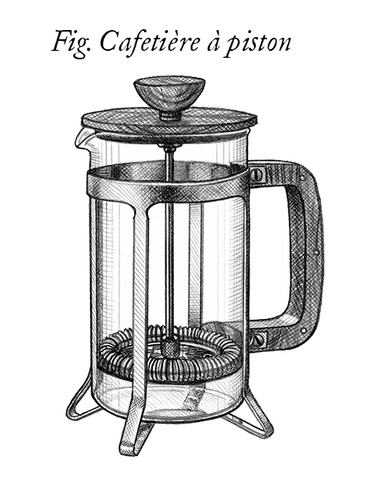
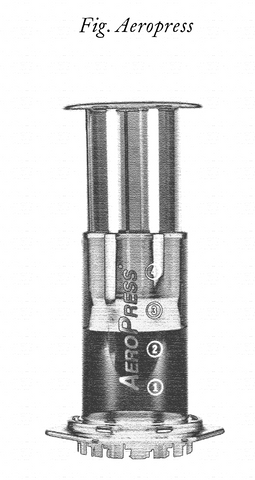
Filtration : In this method, the extraction of coffee aromas by water is done by gravity. The grounds are placed in the filter, and the water then added will flow slowly through the grounds and then the filter, thus carrying the desired aromatic compounds, without the solid parts. Examples of this type of method are numerous: V60 , Chemex, electric coffee maker, etc.
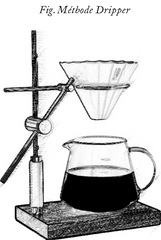
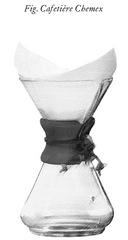
Caffeine - nf
Although more concentrated in caffeine, espresso, due to its average volume consumed, provides the body with less caffeine in the morning. The proof in figures:
| Minimum caffeine content | Maximum caffeine content | Average amount of coffee consumed | Minimum amount of caffeine ingested | Maximum amount of caffeine ingested | |
| Espresso | 1.33 g/L | 2.50 g/L | 36 mL | 0.048 g | 0.09 g |
| Filtered | 0.34 g/L | 0.78 g/L | 240 mL | 0.082 g | 0.18 g |
So, you'll generally get twice as much caffeine in a filter coffee as you do in an espresso. It's worth noting, however, that these figures can vary greatly if the person preparing the coffee isn't precise about the amount of coffee in the filter or the fineness of the grind. These figures are relevant when you're drinking coffee in a coffee shop, for example.
So, if you're looking for a boost, reach for a large cup of filter coffee. Conversely, if you can't stand too much caffeine, you can settle for filter coffee or espresso.
Morning coffee - nm
In our opinion, filter coffee is truly the perfect morning coffee. If, like us, you wake up feeling unfocused and unsure of your palate, filter coffee is for you.
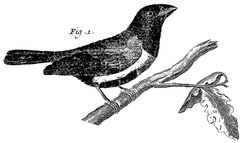
Bitterness, acidity or sweetness will normally not be excessive, which will allow you to enjoy your buttered toast with complete peace of mind (and even dip it in coffee, we promise not to judge).
Ritual - nm
We're not going to hide it from you, the little ritual that goes with certain filter methods contributes to its general appreciation. In stark contrast to espresso, which involves a high extraction speed and coffee swallowed in a few sips, filter coffee is a true ode to slowing down.
There is a kind of fullness in preparing your V60 in the morning: the sun rises, there is no rush, you are truly Tintin (are we going too far?).
Price - nm
Last but not least, the equipment needed for gentle methods is generally more accessible than for espresso. All you need is a kettle, a grinder, and your coffee maker (which can be a simple porcelain item). That being said, as with any passion, you'll have to upgrade as you learn more: a kettle that's precise to the nearest degree, a scale to precisely control the dose, a better grinder, and a whole bunch of accessories, some more expensive than others.

